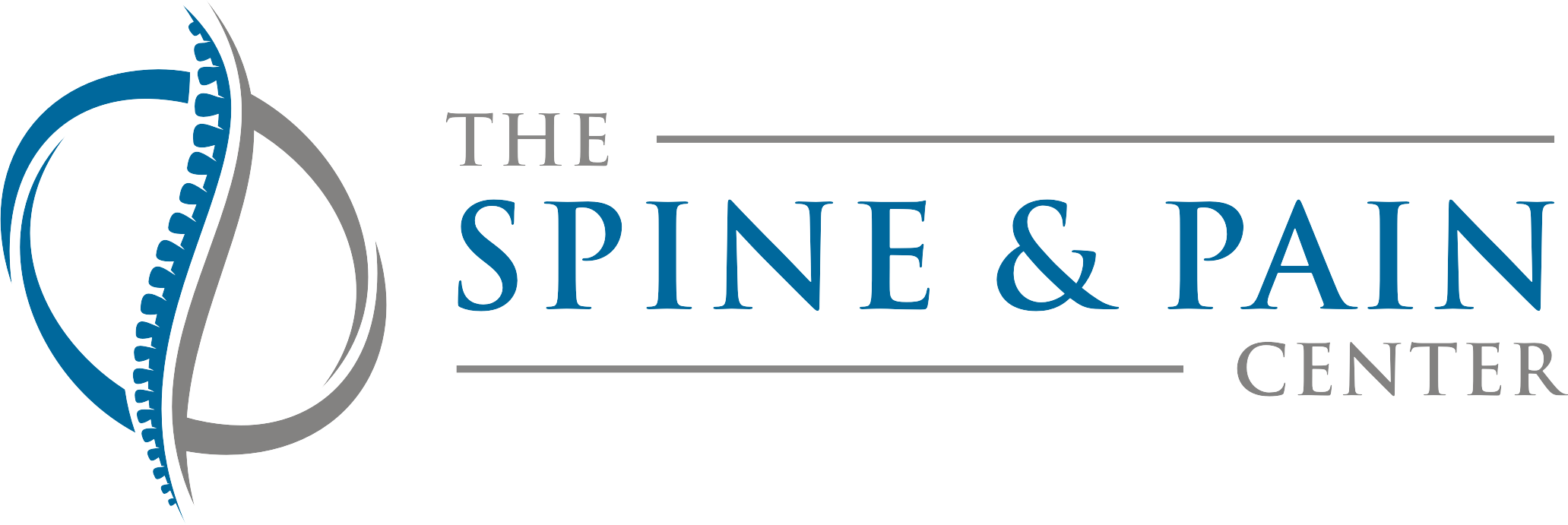Defined
This minimally invasive procedure is used to confirm a diagnosis of Complex Regional Pain Syndrome (CRPS) or to treat pain related to CRPS. Overactive nerve responses which induce a heightened sensitivity to pain are said to be the cause of CRPS. As the name suggests the stellate ganglion block impedes pain signals from being sent along the nerve’s pathway. In doing so, it effectively reduces pain and other debilitating symptoms. The stellate ganglion block has been effective in improving blood flow, mobility, and function in the face, shoulder, and arm. If adequate pain relief after the first injection is achieved, the patient may be considered for repeat injections. Typically, a series of stellate ganglion block injections are needed to effectively mitigate the problem. Pain relief typically lasts weeks or months depending on the patient.
Procedure
The procedure begins with the patient lying down on his or her back with the chin slightly raised and directed away from the physician. For patients who are especially anxious, the physician may administer intravenous sedation (IV), but most stellate ganglion blocks are performed using local anesthesia. Next, the physician uses an X-ray (fluoroscopy) as a guidance device in order to place a fine needle near the stellate ganglion. Now the anesthetic and steroid medication combination is injected into the damaged nerves and provides immediate pain relief. Once the medication has been injected, the physician will remove the needle and bandage the site. Following the procedure, the patient is sent to recovery before release.
After Care
Following the stellate ganglion block, patients may experience a lump in the throat, a hoarse voice, a droopy or red eye, a headache, or even nasal congestion. At The Spine & Pain Center, we monitor our patients closely to make certain there are no complications from the procedure. Though these side effects are common, they should subside within a few hours to a few days. A caregiver will need to be present to drive the patient home after discharge. Patients with mild to moderate cases of CRPS have experienced anywhere from several weeks to several months of pain relief. Patients experiencing fever, infection, swelling, or redness surrounding the injection site should notify the staff at The Spine & Pain Center immediately.


